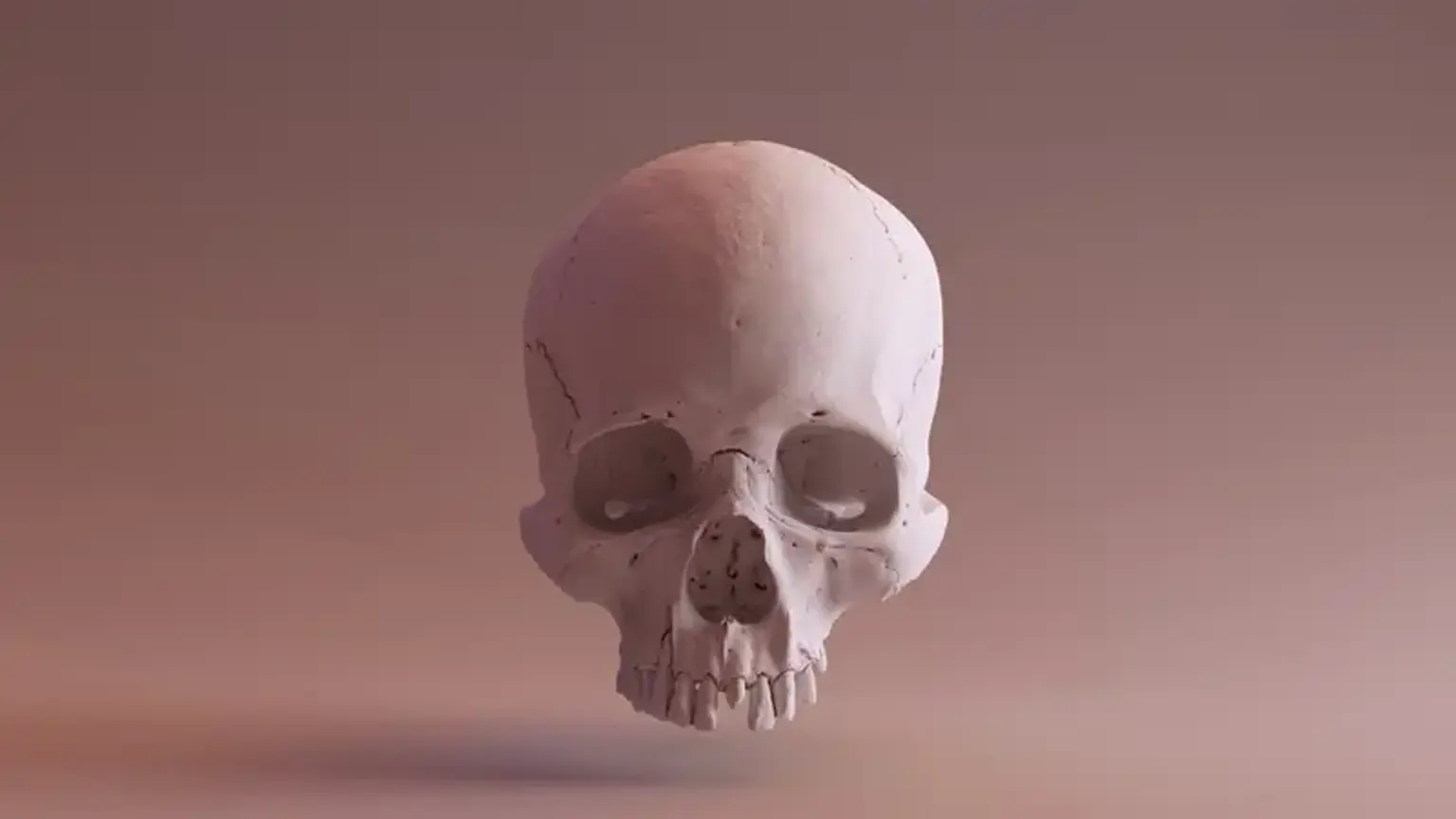Craniostenosis
Craniostenosis is becoming more well-known in clinical practice, particularly in pediatric and neurosurgical settings. Patients are seeking medical help earlier, perhaps as early as the neonatal age, for surgical repair of deformities. Although it may appear that the incidence has grown (following evaluation) it is possible that this is merely a relative increase and not an absolute increase. This is due to heightened awareness among all medical professionals, particularly pediatricians and general practitioners. The days of blindness, delayed development, massive proptosis, and advanced neurologic impairment in these patients are long gone. The pendulum has swung completely in the other direction, and early detection and referral appear to be the norm. Several centers in India deal with such instances.
What is Craniostenosis?
In its broadest sense, the term craniostenosis, or contraction of the skull, refers to any situation in which the size of the skull and its contents are out of proportion. This can be seen in malignancies of the brain or meninges, as well as hydrocephalus.
